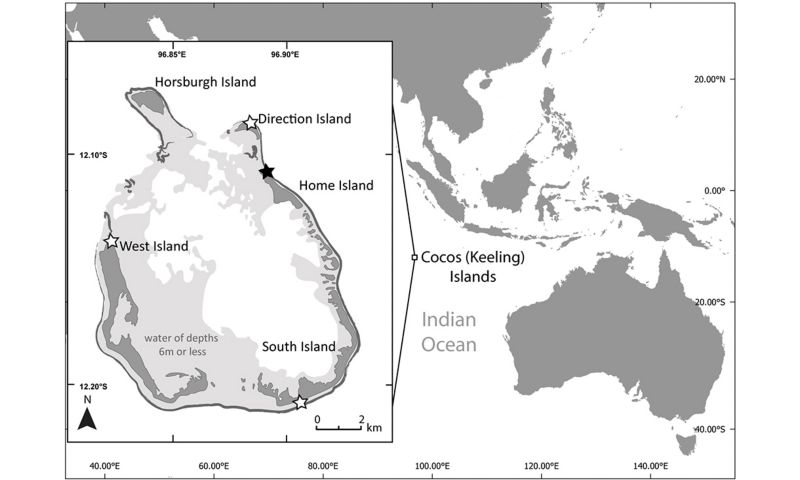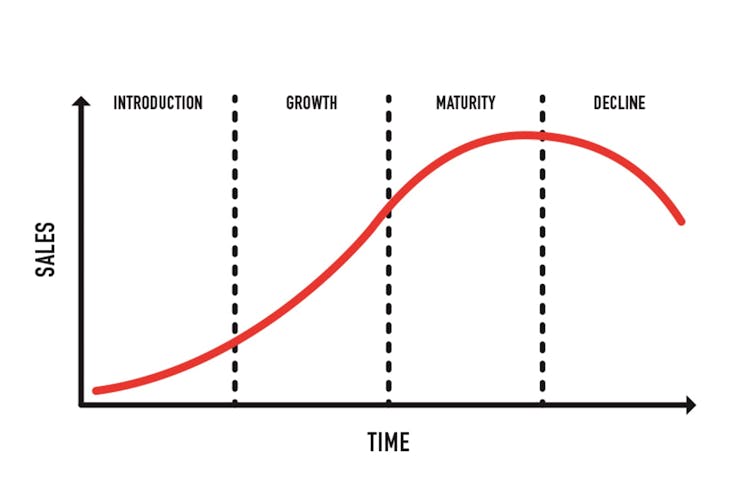Geospatial scientists have found a way to detect plastic waste on remote beaches that are not visible in conventional satellite images, bringing us closer to global monitoring options.
Millions of tons of plastic enter the oceans every year. While stopping this flow is crucial, so is tracking down what’s already there so we can clean it up.
This cutting-edge research harnesses the latest in satellite technology to do just that.
The study, now published in , used the unique infrared signals reflected by plastics to identify even tiny scraps amongst vast stretches of sand and rocks.
This sets the foundation for allowing plastics to be detected within satellite images where plastics are smaller than a pixel.

Lead author of the study and RMIT PhD candidate Jenna Guffogg said monitoring beaches rather than oceans made sense because it’s easier to remove the rubbish.
“Stopping plastic from entering the ocean is a global challenge. But if we can find and remove them quickly, it’s the next best thing,” she said.
“At the moment, plastic debris are tracked by passing vessels notifying authorities. Using satellites will allow more frequent and reliable observations.
“Our work could let organisations who do remote costal and marine waste clean-up management know where to focus their efforts.”
Guffogg and her team completed fieldwork on the remote beaches of Australia’s Cocos (Keeling) Islands, using sensing equipment to capture how infra-red light was reflected by different types of plastic found on the Islands.
To calculate how much plastic washed up on the shore, researchers used spectral library plots to compare plastics’ reflectance with its cover.
They compared spectral readings from the weathered plastics with virgin plastics that hadn’t been exposed to environmental degradation and found little difference between results.
This means despite the shape, colour or condition of the plastic, there’s a good chance it can be detected remotely, and the location shared with clean-up groups.
Other uses could include tracking an area’s health, judging by the amount of plastic in the environment.

RMIT Professor of Remote Sensing, Simon Jones, said the study was about looking at ways we can use satellites to see things the human eye can’t.
“In the next few years, we’re going to launch satellites with even better remote sensing capabilities,” he said.
“We’re developing ways to use these new satellites in the fight against marine waste.”
While the true extent of the Cocos (Keeling) Islands’ plastic problem is yet to be revealed, future studies Guffogg and the team are working on aim to answer this.
‘‘, with co-authors Jenna Guffogg, Samantha Blades, Mariela Soto-Berelov, Chris Bellman, Andrew Skidmore and Simon Jones is published in Remote Sensing (DOI: 10.3390/rs13224548).
Interviews: Aeden Ratcliffe, RMIT Communications, or +61 3 9925 3336.








